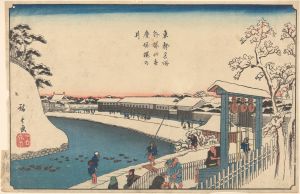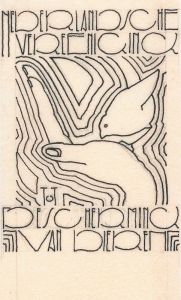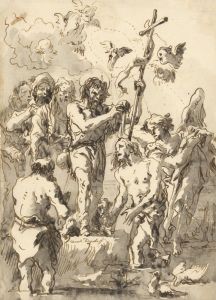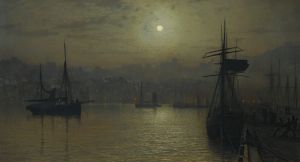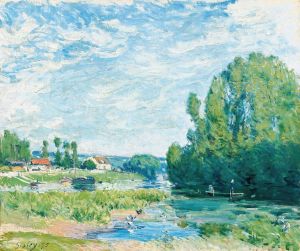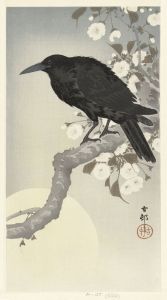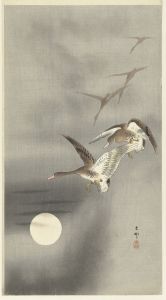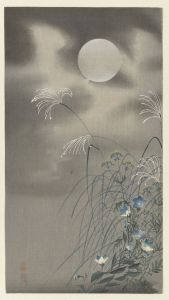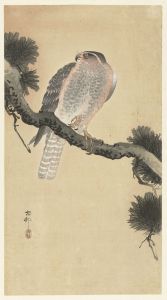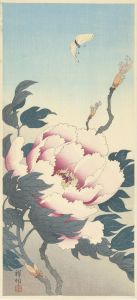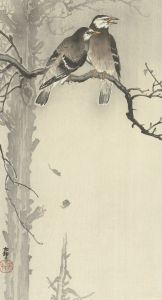
Ducks at full moon
A hand-painted replica of Ohara Koson’s masterpiece Ducks at full moon, meticulously crafted by professional artists to capture the true essence of the original. Each piece is created with museum-quality canvas and rare mineral pigments, carefully painted by experienced artists with delicate brushstrokes and rich, layered colors to perfectly recreate the texture of the original artwork. Unlike machine-printed reproductions, this hand-painted version brings the painting to life, infused with the artist’s emotions and skill in every stroke. Whether for personal collection or home decoration, it instantly elevates the artistic atmosphere of any space.
Ohara Koson (1877–1945) was a prominent Japanese artist known for his exquisite woodblock prints, particularly those depicting birds and flowers, a genre known as kachō-e. His works are celebrated for their delicate beauty and intricate detail, capturing the essence of the natural world with a refined elegance. One of his notable works is "Ducks at Full Moon," which exemplifies his mastery in the shin-hanga movement, a 20th-century revival of traditional ukiyo-e art that sought to blend Western and Japanese artistic elements.
"Ducks at Full Moon" is a woodblock print that showcases Koson's skill in portraying animals in their natural habitat. The print features ducks, a common subject in Koson's oeuvre, depicted under the serene glow of a full moon. The composition is characterized by its harmonious balance and subtle use of color, which are hallmarks of Koson's style. The moonlight casts a gentle illumination over the scene, creating a tranquil and contemplative atmosphere. This use of light and shadow is a testament to Koson's ability to convey mood and emotion through his art.
Koson's work is often noted for its attention to detail and the lifelike representation of his subjects. In "Ducks at Full Moon," the ducks are rendered with meticulous care, their feathers intricately detailed to capture the texture and movement of the birds. This attention to detail is complemented by the simplicity of the background, which allows the viewer to focus on the central figures of the composition. The use of negative space is a common feature in Japanese art, and Koson employs it effectively to enhance the overall impact of the print.
The shin-hanga movement, which Koson was a part of, aimed to revitalize traditional Japanese woodblock printing by incorporating Western techniques such as perspective and shading. This movement was supported by publishers like Watanabe Shozaburo, who played a crucial role in promoting and distributing shin-hanga works both in Japan and internationally. Koson's prints, including "Ducks at Full Moon," gained popularity not only in Japan but also in the Western world, where they were appreciated for their aesthetic beauty and craftsmanship.
Koson's ability to capture the essence of nature and his innovative approach to traditional art forms have left a lasting legacy in the world of Japanese printmaking. His works continue to be admired and studied for their artistic merit and contribution to the shin-hanga movement. "Ducks at Full Moon" remains a testament to Koson's skill as an artist and his dedication to preserving and enhancing the art of woodblock printing.





